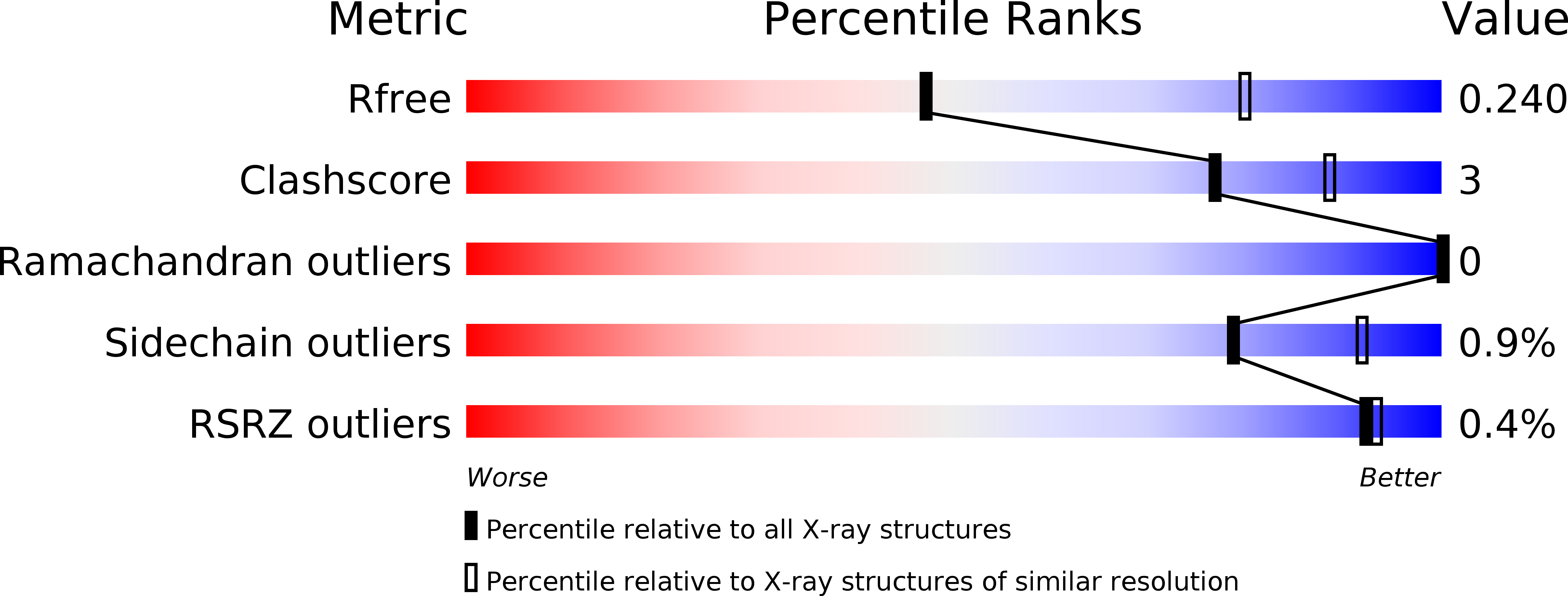
Deposition Date
2013-05-13
Release Date
2014-07-09
Last Version Date
2024-02-28
Entry Detail
PDB ID:
4KPC
Keywords:
Title:
Crystal structure of the nucleoside diphosphate kinase b from Leishmania braziliensis
Biological Source:
Source Organism:
Leishmania braziliensis (Taxon ID: 5660)
Host Organism:
Method Details:
Experimental Method:
Resolution:
2.70 Å
R-Value Free:
0.21
R-Value Work:
0.17
R-Value Observed:
0.17
Space Group:
P 21 3


